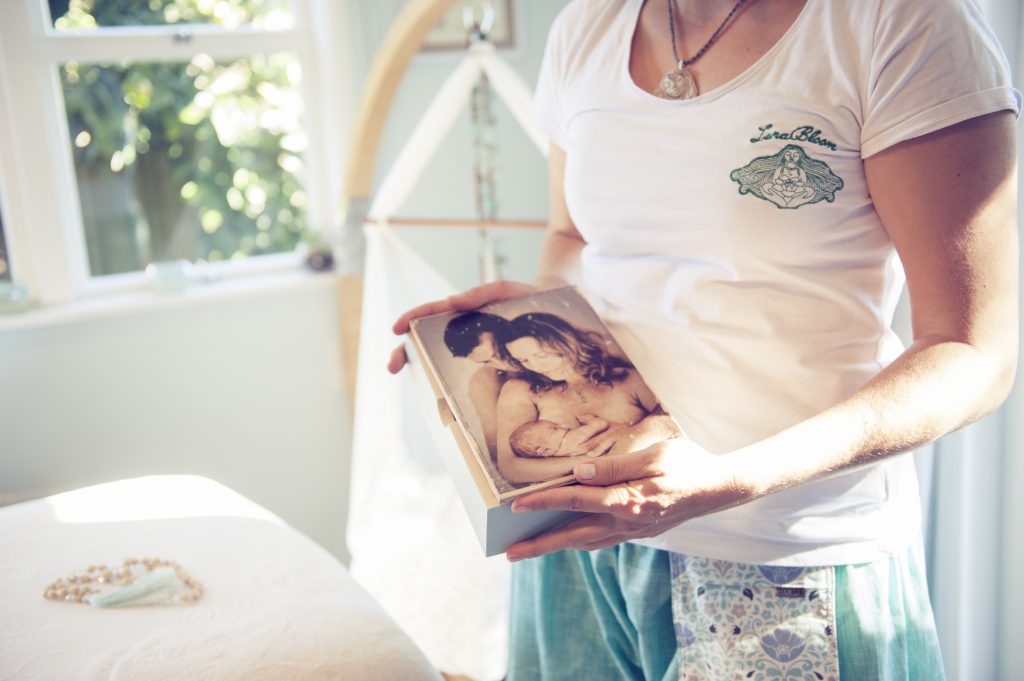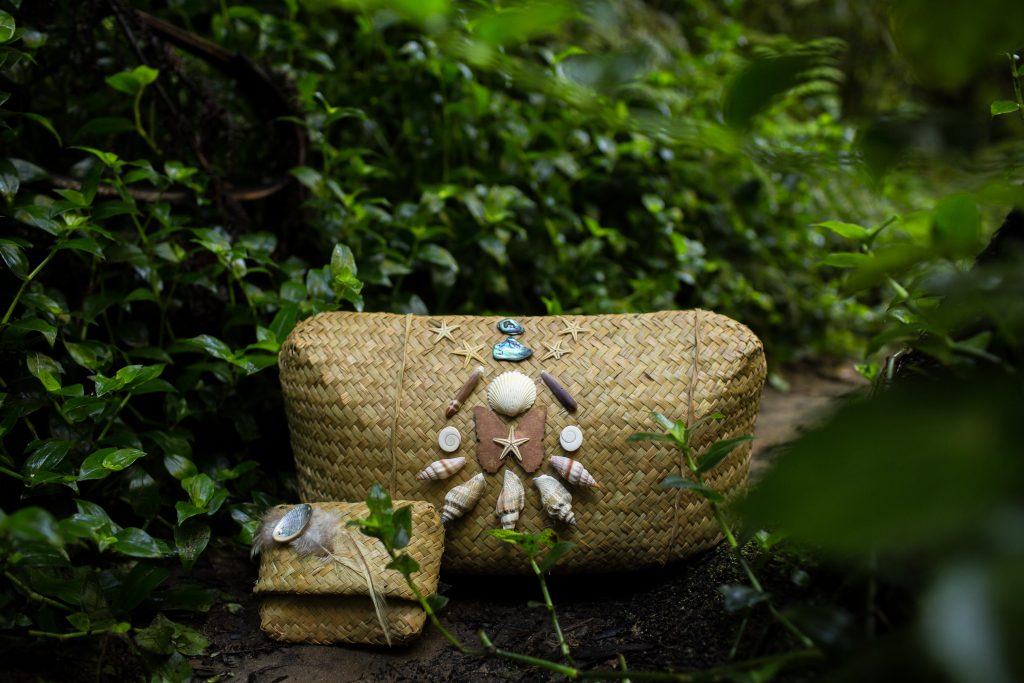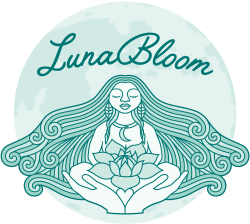Life After Birth for the Afterbirth

I have a deep respect for the placenta. Every time I look at one or hold one in my hands, I am in awe. This beautiful, nurturing tree of life is a sacred organ. It brings us to life; our ancestors, our children and generations to come. Without the placenta we would not be here on Earth.
Globally, throughout history, the placenta has been treated with varying degrees of respect and ceremony. Current medical practice in many countries is to dispose of the placenta as medical waste or send it to pharmaceutical companies for the development of medications. The gentle practices of treating this organ with respect are non-existent. Many mothers don’t even see their placenta after giving birth.
Here in New Zealand we are privileged as many home birthing, birth centre and even hospital birthing families are taking a much more respectful approach. All midwives ask the mamas if they wish to keep their placentas.
There are so many ways to handle and honour the placenta. Here I will share a few meaningful practices with the aim of providing some information. Families still need to make their own conscious decision regarding their baby’s placenta. Please find out about how healthcare providers in your own country handle placentas; and what the possibilities are where you plan to give birth.
Delayed Cord Clamping: Easy to do even in a hospital setting
This practice allows the placenta to transfer a significant amount of blood, stem cells, T-cells and iron to the baby. After birth you wait until the cord stops pulsing. Even 3 minutes delay in umbilical cord clamping has many benefits for the baby.
Umbilical cord tie

Using a string, or muka tie as an alternative to the hard plastic clamp.
It is significantly easier to look after a tie, than the bulky clamps. Much softer and more comfortable for the baby too. Newborns do not need to be washed for a few days, so you can wait until the umbilical cord heals and falls off before bathing. Just be sure to keep the tie dry, and out of the nappy (towards chest) to prevent it getting any soil on.
Cord Burning

This method can be done after the placenta has been born, and is still attached to the baby. They also call this a partial lotus birth.
The open flame cauterizes the umbilical cord, preventing infection. The intention being that it moves the Qi (life force) remaining in the placenta to the baby.
Why burn the cord?
If you do not have sterile instruments for cutting the umbilical cord it is safer and cleaner to burn it. In addition, the cord stump will dry up and fall off faster if it is burned. Please follow the instructions below carefully. It is best done with two people helping one another. The process takes about 10-15 minutes.
Always check with your care provider as it might not be possible if you choose to birth in a hospital or birthing centre; many of them have no-flame policies.
What you will need:
+ Two or more long candles
+ A lighter or matches
+ A heat guard like cardboard to protect your little one from the heat – 2 layers is recommended
+ Cord burning box: You can layer it with a heat proof insert, like aluminium foil to catch any dripping wax. This will help you to protect it from getting messy in case you wish to keep the box for keepsakes.

- Instructions: Unless there is an emergency it is best to wait 3 hours or more after the birth of the placenta.
- The baby should be swaddled and lying on his/her side with the placenta lying in the opposite direction to which the baby is facing. (pic 1.)
- Use double layered cardboard to protect the baby from the heat.
- Light a candle and choose a spot to burn the cord – about 12 cm from the baby’s belly.
- Someone can hold the cord steady, but be mindful and gentle, don’t pull! (pic 2.)
- Position the candles opposite one another above the box, and begin to burn the cord. (pic 3.)
- While you’re burning you may wish to turn the cord, burning all sides. Keep burning until the cord has completely burned through.





Photo Credit: Sacred Postpartum
Suggestions
- From time to time feel the cord on the baby’s side of the heat guards, to make sure it is not getting too hot.
- You may hear a loud pop or explosion while burning. Don’t worry it is a natural sound caused by the built up gases releasing from the umbilical cord. The smell is often like a barbecue.
- You may wish to sing a beautiful spiritual song during this ritual.
- Once the cord and placenta are separated from baby, wait some time before letting the burned cord stump touch the baby’s skin, touch it to check as it may stay hot for a minute or two.
- You will not need to put any kind of medicine on the baby’s cord stump, it will fall off in a few days all by itself.
- If you follow the instructions carefully this practice should be absolutely safe.
Placenta Honouring/Planting/ Burial

Family and friends can be invited to this event. During this ceremony you acknowledge the placenta, and give thanks for its protection and nourishment of your baby. You can bury it in a significant place under a plant/tree that may have some special meaning to you and your family.
Placenta burial can be as simple or as ritualised as each family prefers. The placenta is the beginning of life, before and after giving birth, so you might choose to bury the placenta under a native tree in a place of significance to help that child to thrive in life, and connect to Earth Mother where he/she was born.
The placenta can be placed in a special bowl, clay pot or woven basket after birthing.
Hand-making this vessel with love and intention for your little one can make it extra special. Or you might decide not to use any of these for the burying ceremony and give the placenta back to the earth as it is. To prevent killing your chosen plant, make sure you dig a deep hole so that the placenta is away from the roots.
Lotus Birth

A lotus birth allows the cord to completely dry off and gives space for the placenta to separate from the baby naturally.
This practice allows the cord to be released from the baby with no rush, and is filled with mindfulness. Families must be more thoughtful and careful when they are handling baby, as they have to keep the placenta in mind.
After washing the placenta and placing it into a cotton pouch, you can add fragrant herbs (like rosemary, lavender, tulsi, chamomile etc.), spices, and salt onto the folds of the placenta. You will need to wait until the cord is completely dried up, and for it to fall off naturally, before you can separate the placenta from the baby.
Placenta Print
A placenta print is a special way to preserve the look and essence of a placenta. The colour options, and possibilities, are endless. Make sure you are using thick artist grade paper, so you have a long-lasting keepsake. I often recommend sealing the created picture with a sealant spray after it has dried too.
In case you wish to encapsulate your placenta, a natural food colouring can be used as a dye, unless there are known allergy is present for food colouring.
Placenta Jewellery and Keepsake








This is a unique and beautiful way to preserve the essence of your placenta.
All you need is a tiny portion being cut off from the afterbirth, and being dried, and then powdered. Then you are able to send it to a keepsake artist (like myself), who will be able to capture and preserve it into a special piece of jewellery, or keepsake creation.
You can decide if you wish to see chunky pieces, or just a small amount of powder within the jewellery.
Please know, possibilities are abundant, this is just a few loving ways to acknowledge this beautiful life nurturing organ.
